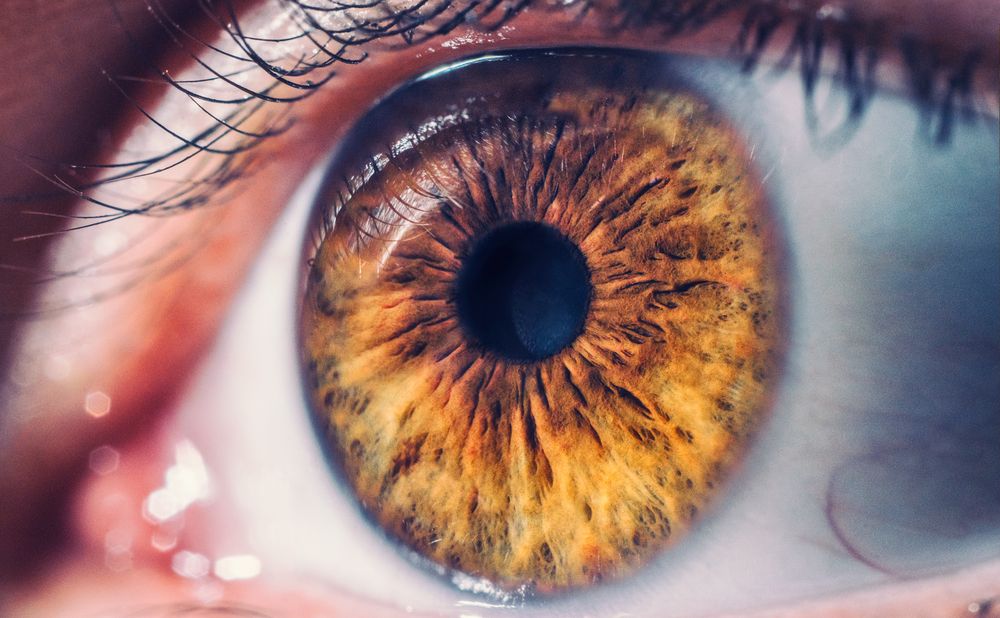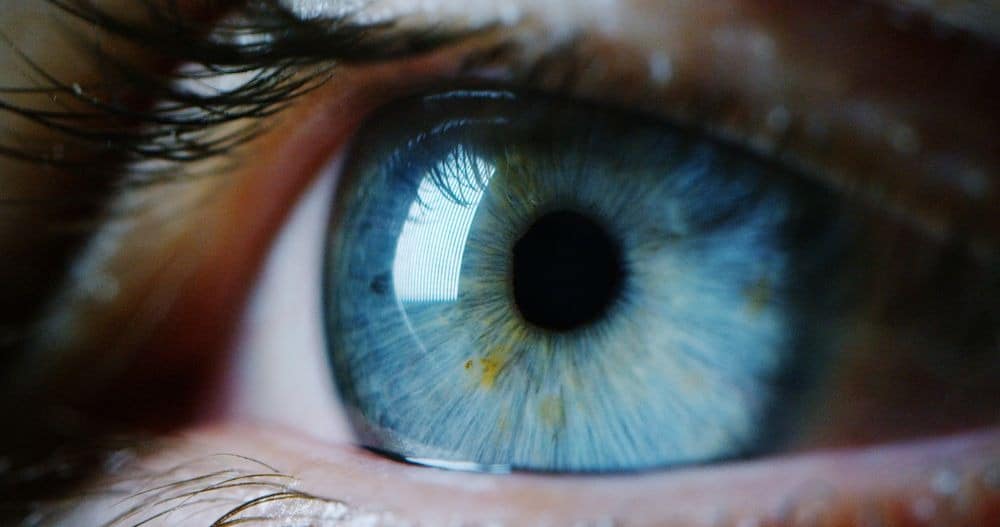iCare is Equipped to Diagnose Diabetic Retinopathy Earlier and Treat the Disease More Effectively
We’ve added a new piece of equipment that will help us diagnose & treat diabetic retinopathy earlier and better. Read about the Optomap Retinal Camera.
iCare is Equipped to Diagnose Diabetic Retinopathy Earlier and Treat the Disease More Effectively
Introducing Our New Piece of Equipment: The Optomap Retinal Camera
For any individual living with diabetes, there is a very real and very silent threat to their vision.
Diabetic retinopathy is a serious eye disease that is caused by diabetes and is a leading cause of vision impairment and blindness.
Manifesting little to no symptoms, depending on the individual, the chronic, complex disease of diabetic retinopathy affects 40-45% of diabetic Americans. Because there are typically no signs or symptoms of the disease in the early stages, only about half of the 40-45% affected know they have the disease.1
Without knowing diabetic retinopathy is present and worsening, the disease goes untreated for too long, resulting in vision loss or, worse, blindness.
Advanced Imaging for Early Treatment is Essential for Disease Management
The number of individuals who live with diabetic retinopathy is expected to grow.
Why?
According to the U.S. Centers for Disease Control (CDC), more than 30 million Americans are diabetic, and that number is predicted to increase by 54% to 54.9 million by 2030.1
Managing diabetic retinopathy is already a challenge for optometrists, but with a growing number of patients who will contend with diabetic retinopathy, the ability to detect the disease earlier is more crucial than ever.
This is where the Optomap Retinal Camera becomes a game changer.
The Previous Standard for Evaluating Diabetic Retinopathy:
Evaluating the severity of diabetic retinopathy (in recent decades) was conducted by Early Treatment Diabetic Retinopathy Study (ETDRS) photography.
Comprised of 35-mm color images that break down to seven stereoscopic pairs of photographs per eye, the location and degree of retinal lesions in the posterior pole could be detected. But this test has significant limitations, as the field of view with ETDRS only equated to 30% of the entire retina surface.
This is a big issue because the risk of missing pathology that is present in the periphery (outside the ETDRS field of view) is high.
- Pathology that is present in the periphery may contribute to the progression and outcome of the disease.
- Research on diabetic retinopathy has revealed that pathology often exists outside the seven standard fields of ETDRS.
- Peripheral pathology can be associated with greater disease severity and higher risk of disease progression.1
A new test was necessary.
The Optomap Retinal Camera Furthers iCare’s Mission to Provide Better Care to More Patients
Your eye care and vision health are always our top priority. With this new piece of equipment, more patients can be screened in less time.
Additionally, screening and identification of diabetic retinopathy is not only improved on a clinical and diagnostic level, but also on a patient engagement and education level, too.
During an exam with the Optomap, images can be captured in less than half a second and without dilation.
Images are also easily annotated, stored, and shared. This is extremely beneficial when making treatment decisions and necessary referrals.
The Optomap Empowers Us to Partner with Our Patients on Treatment
Once images are captured from the Optomap, we can better explain a patient’s condition by showing and describing what the images are telling us.
Patients can see firsthand the areas of concern in their eyes. Additional exams can show patients the changes that are occurring since their last visit.
Our hope is that patients feel empowered with this information and, after seeing the damage to their retina, are motivated to strictly adhere to treatment recommendations and even make behavior modifications – like actively working to improve blood glucose levels.
A Few Words from Our Doctors:
- While, yes, we have had retinal cameras since the 1980’s, they only photographed the central 30-45 degrees. With advanced imaging from the Optomap Retinal Camera, we can get a view of more than 100 degrees. In diagnoses and treatments, this is huge.
- We’re really looking forward to finding more “at risk” problems for the present and future risks for our patients’ visual welfare.
- We can easily photograph any patient starting at age 6 or 7. Keep in mind that the use of the Optomap Retinal Camera does not require us to use dilation drops that burn and may blur vision for more than four hours.
- We want all patients to know that an exam with the Optomap is quick and painless, and – above all – it’s exciting for us to show patients their internal eye health and their visual brain tissue with the images.
- We are also using the most advanced equipment to improve care and prevent eye diseases, like glaucoma and macular degeneration, and body problems that show up in the eyes, like diabetes, blood pressure, high cholesterol, and many auto-immune diseases.
Early Diagnosis and Timely Treatment Starts with Regular Eye Exams
If diabetic retinopathy is left untreated, blindness can occur. Complete diabetic health includes regular eye exams.
At iCare Vision, it’s our mission to help you take the best care of your eyes.
Resources:
1 UWF imaging contributes to earlier disease detection. Modern Retina. Accessed April 15, 2020. https://www.modernretina.com/diabetic-retinopathy/uwf-imaging-contributes-earlier-disease-detection/page/0/2.


